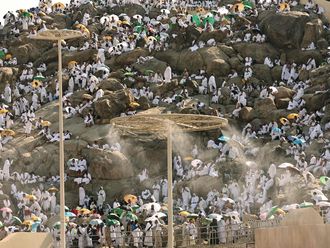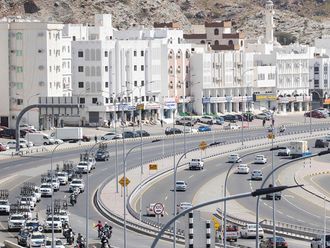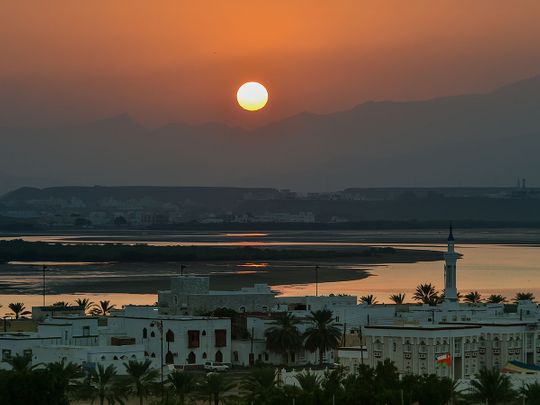
Oman: Everyone loves his or her country. But only a few go the extra mile to put their country in focus.
Meet Maisa Al Hooti, a diligent, passionate and adventurous Omani woman who was always eager to highlight the charming features of her country.
Al Hooti, CEO and founder of the ‘Oman in Focus’ project, has a dream to capture the attention of the global audience with the gems that Oman’s tourism sector has to offer, apart from showcasing the country’s efforts at environmental conservation.

“Oman is a big country and has many undiscovered creatures and areas. We want the world to see all that is there in Oman,” she told Gulf News during a trip to the UAE’s neighbouring country recently. “Oman is a paradise that deserves to be talked about a lot more as this country offers safety, security and peace.”
Al Hooti is currently working on a documentary focusing on Oman’s environment and its wildlife splendour — from Musandam to Dhofar.
In 2019, Oman welcomed about 3.2 million tourists — up 12 per cent from the previous year.
A team of international and local wildlife experts and filmmakers will explore 12 landmark destinations in the Sultanate, to be presented in two documentaries. Both the documentaries will cover various aspects of Oman’s wildlife variety and its natural landscape that make the country a destination worth exploring.
“These documentaries will deal with all the species and rare creatures in Oman that even some Omanis don’t know about. Our role is to discover these creatures and let the world know about them,” Al Hooti, who is also an underwater photographer, added.
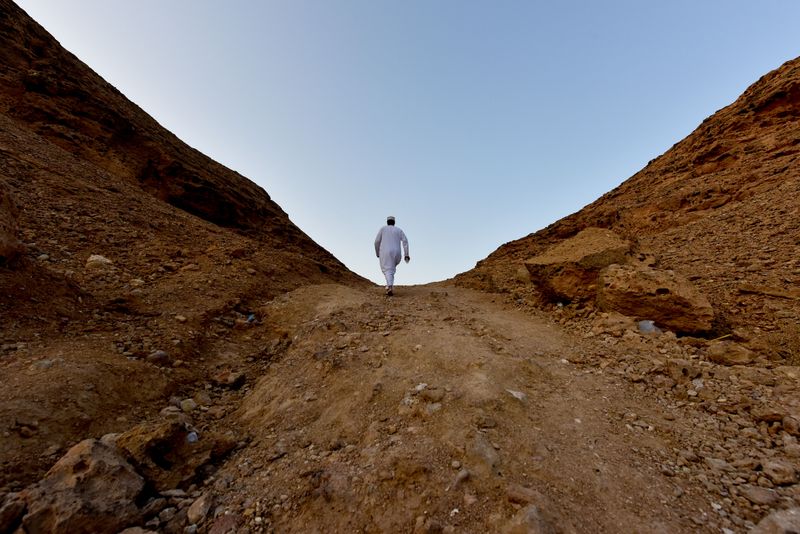
Experience Oman
As a close neighbour of the UAE, Oman’s strategic location in the south of the Arabian Peninsula has played a prominent role in helping the country gain a place of prominence in the global community and stay connected with ancient civilisations. The Sultanate of Oman is unique in its nature and its rich history that has been written about in books. It was one of the oldest nations to earn its independence in the Arab world. It has succeeded in blending modernity with heritage, while preserving the uniqueness of its culture and history. This has made Oman a perfect tourist destination.
Muscat, an oasis of calm
Surrounded by grey rocky mountains and the blue Sea of Oman, the city of Muscat feels like an oasis of calm in the region. The Muttrah Souq emerged as a must-visit destination among tourists in Muscat. It is one of the oldest marketplaces in the Arab world dating back about two hundred years. Locally known as Al Dhalam, which means ‘darkness’ in Arabic, sunlight barely penetrates the souq.
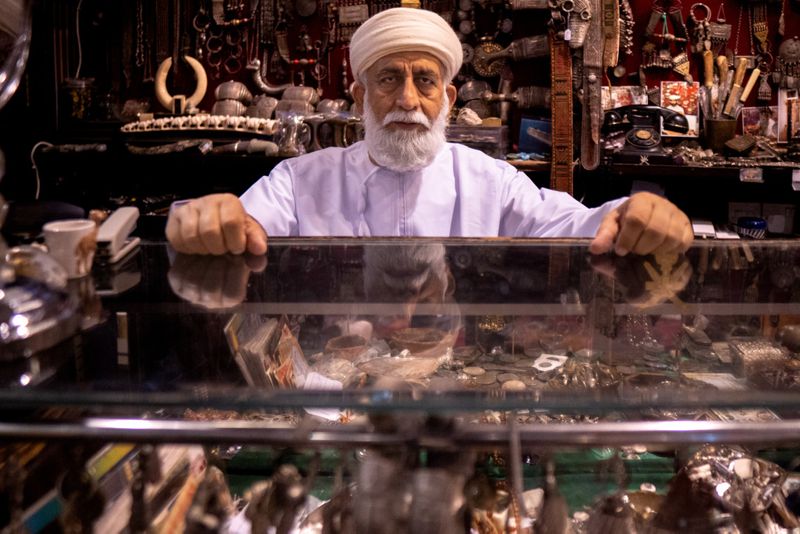
Mohammad Ali Murad Al Beloshi, one of the oldest merchants in Muttrah Souq, told Gulf News that he had been in the bazaar for more than 50 years. “I was born and raised in Oman. I started with one shop. Now I have many which are being run by my sons,” said Al Beloshi.
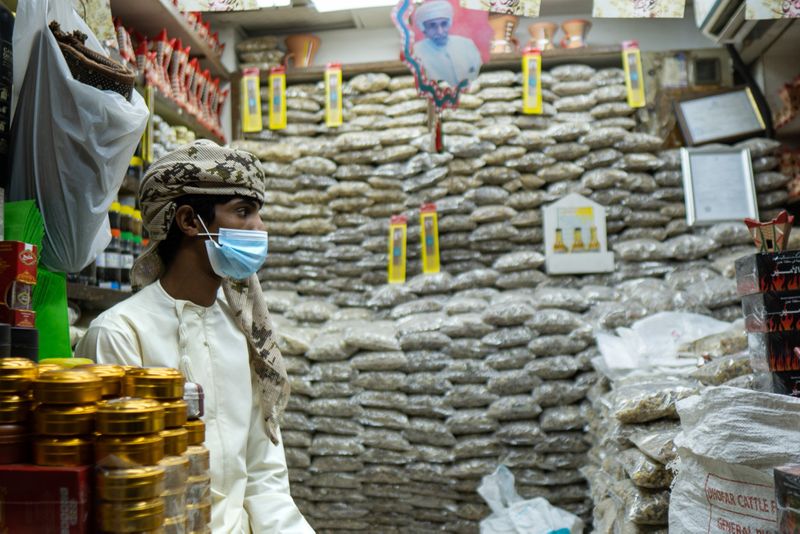
Visitors can walk in the narrow alleys and buy Luban, the finest and most expensive frankincense in the world. Thousands of years ago, trees in Oman provided Luban, which became a trademark for the country.
“People come to buy Luban, jewellery, Omani silver, traditional antiques and Omani outfits. Luban can be used as frankincense and has health benefits if you drink certain types of Luban,” added Al Beloshi.
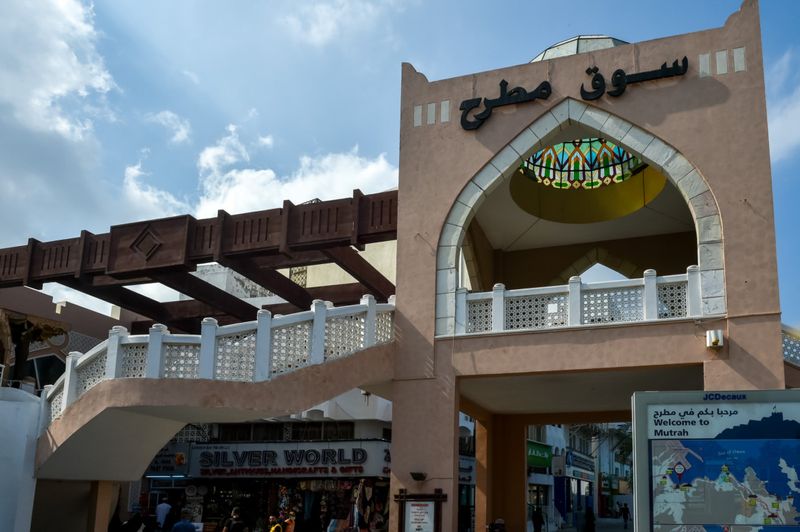
Today, Muttrah Souq is a tourist destination where shoppers come looking for Khanjar, a traditional dagger that is a national symbol of Oman.

The main entrance to the souq is via the Muttrah Corniche, where people enjoy a walk, soak up the view of the mountains, the symphony of the sea water splashing against the shore and chirping seagulls.
Why are Omanis the greatest shipbuilders of the region?
Oman’s coastline stretches 3,165km from the Yemeni border in the southwest to the Strait of Hormuz on the northern edge of the country. Due to its prominence in marine trade for centuries, Sur is one of the most famous cities overlooking the Indian Ocean that specialises in manufacturing ships. Back when Northern Europe was overrun by the Vikings, Oman had an enormous maritime trading empire. Oman expelled its Portuguese colonisers from Muscat in the middle of the 17th century, then chased them down the East Africa coast, eventually claiming Zanzibar, more than 1,800 miles (2,897km) away, as the new Omani capital.
In the 21st century, Oman is now training a new generation of Omanis to care for its shipbuilding industry. Sur, known for its shipyards, still produces those traditional wooden vessels that played a key role in Oman’s maritime past.
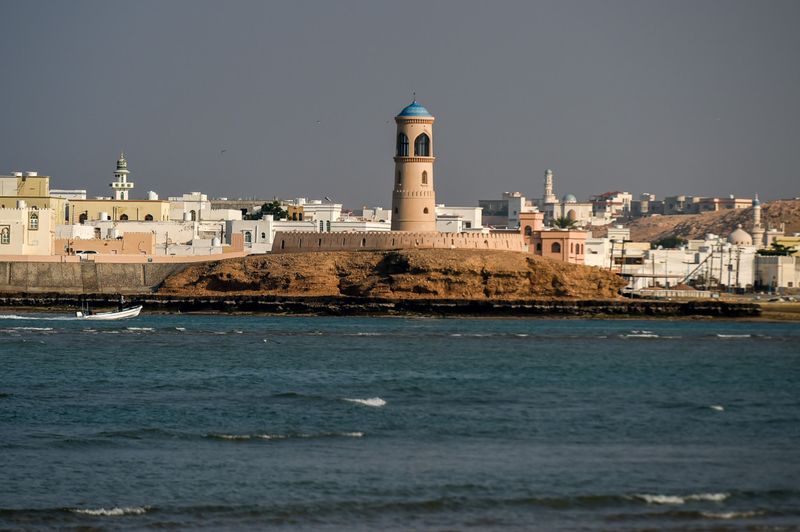
Ali Bin Jumaa, a 47-year-old Omani shipbuilder, is the owner of one of the oldest shipyards in the city that dates back to the 17th century.
“This place is the oldest shipyard in the Gulf. It was founded by my ancestors in 1730. It has been passed on from one generation to the next until this day,” Bin Jumaa told Gulf News. “Our vessels sail faster and smoothly in the sea due to their unique design, which is a trade secret.”
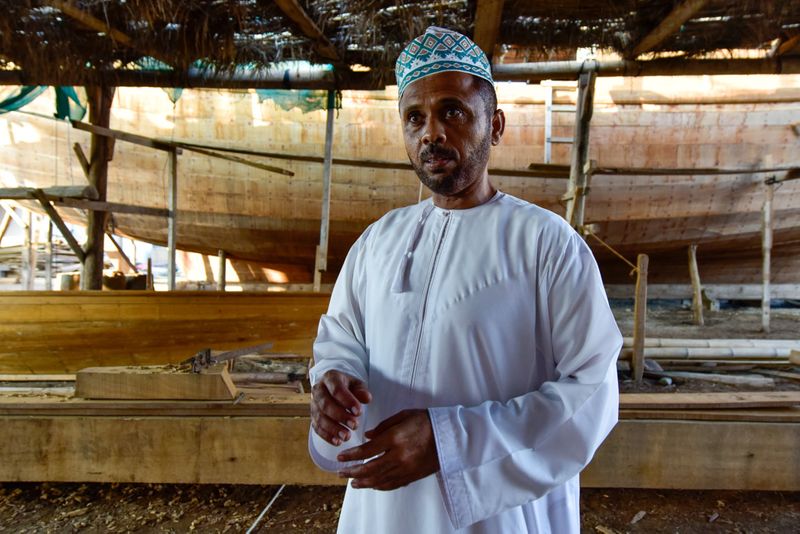
Bin Jumaa said, initially, his children used to come with him to the shipyard to take a look around the place. Gradually, they learnt their family’s secret craft and became expert shipbuilders themselves. “As a child, my father used to bring me to the factory. Gradually, I started taking a keen interest in familiarising myself with the art of building ships and hoped to pass this expertise on to the next generations,” Bin Jumaa explained.
Bidiya Desert
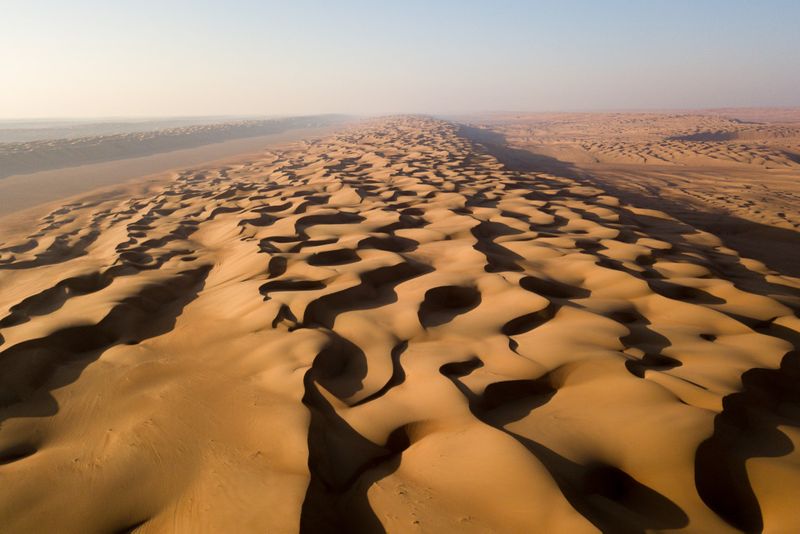
About 233 kilometres from Muscat and in the middle of the Eastern Region of Oman is the Bidiya Desert, which is locally known as Sharqiya sands. It is one of Oman’s best natural treasures and among the most beautiful camping sites, extending to more than 10,000 square kilometres. Tourists can enjoy desert camping here. It is Oman’s adventure playground with towering sand dunes, some rising up to 100 metres. The colour of the sand in this desert ranges from red to brown, forming a spectacular landscape for photography.
“Many tourists come to simply visit the area and enjoy desert activities on the Sharqiya sands. People can climb the dunes and enjoy a breathtaking scenery of the sunset or sunrise,” said Ayman Al Toobi, an Omani tour guide. “With so many tourist attractions and historical sites to explore, you certainly cannot do justice to Oman with just a short visit,” Al Toobi added.
Vision 2040
The country that marked its 51st National Day last month, is celebrated not only for its cultural charm but also for its historical and architectural gems.
Oman’s Vision 2040, which was drawn up under the rule of the late Sultan Qaboos, aims to ensure further advancement of several sectors of the economy.
Read more
Vision 2040 is the Sultanate’s gateway to overcoming challenges, keeping pace with regional and global challenges and seize all possible opportunities to stimulate economic growth.
As part of its ambitious future plan, Oman expects to earn more than nine billion Omani riyals ($22.5 billion) a year from tourism by 2040 as it attempts to diversify its economy away from its traditional oil income.



